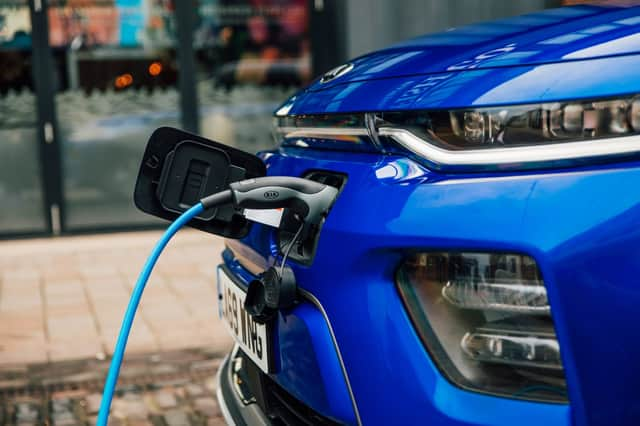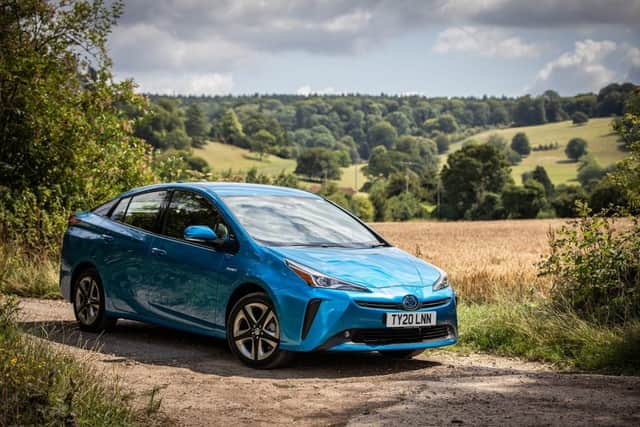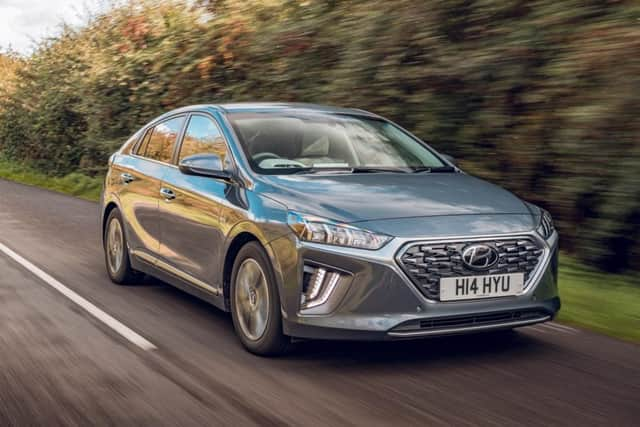A buyers’ guide to hybrids and electric cars


As the UK car market struggles and diesel sales continue what appears to be a terminal decline, registrations of alternatively fuelled vehicles (AFVs) have proved to be a rare glimmer of hope.
In 2019 135,700 were sold across the various categories AFVs and they accounted for a record 7.8 per cent of all new car registrations.
Advertisement
Hide AdAdvertisement
Hide AdDespite their growth, AFVs, including hybrids and electric vehicles (EVs) are still a small proportion of all car sales and surveys repeatedly find that drivers are confused and unsure about much of the terminology around the cars and about their capabilities.


This guide aims to address some of that confusion and help you decide if an AFV is right for you by breaking down the differences, strengths and weaknesses of each type of AFV.
There are three main types of AFVs - series-parallel hybrids (also sometimes called self-charging or simply hybrids by car makers), plug-in hybrids (PHEV) and pure electric vehicles (EV).
Mild hybrids essentially use an advanced starter generator to offer minimal electrification and can't run in electric-only mode, so aren't covered here.
Advertisement
Hide AdAdvertisement
Hide AdSeries-parallel or self-charging hybrids


Series-parallel hybrids pair a traditional internal combustion engine (ICE) with an electric motor and a small battery.
The engine and motor can work together or in isolation depending on the requirements and use energy diverted from the engine or regenerative braking to charge the battery.
Some manufacturers describe these as self-charging as the hybrid system replenishes the battery without the need to plug it in but some EV evangelists have taken offence at this because the battery is charged by an engine that burns petrol.
These hybrids have a very short range using just the electric motor - usually only a few miles. The motor is there mostly to support the engine and offer greater performance with relatively low emissions and fuel use.